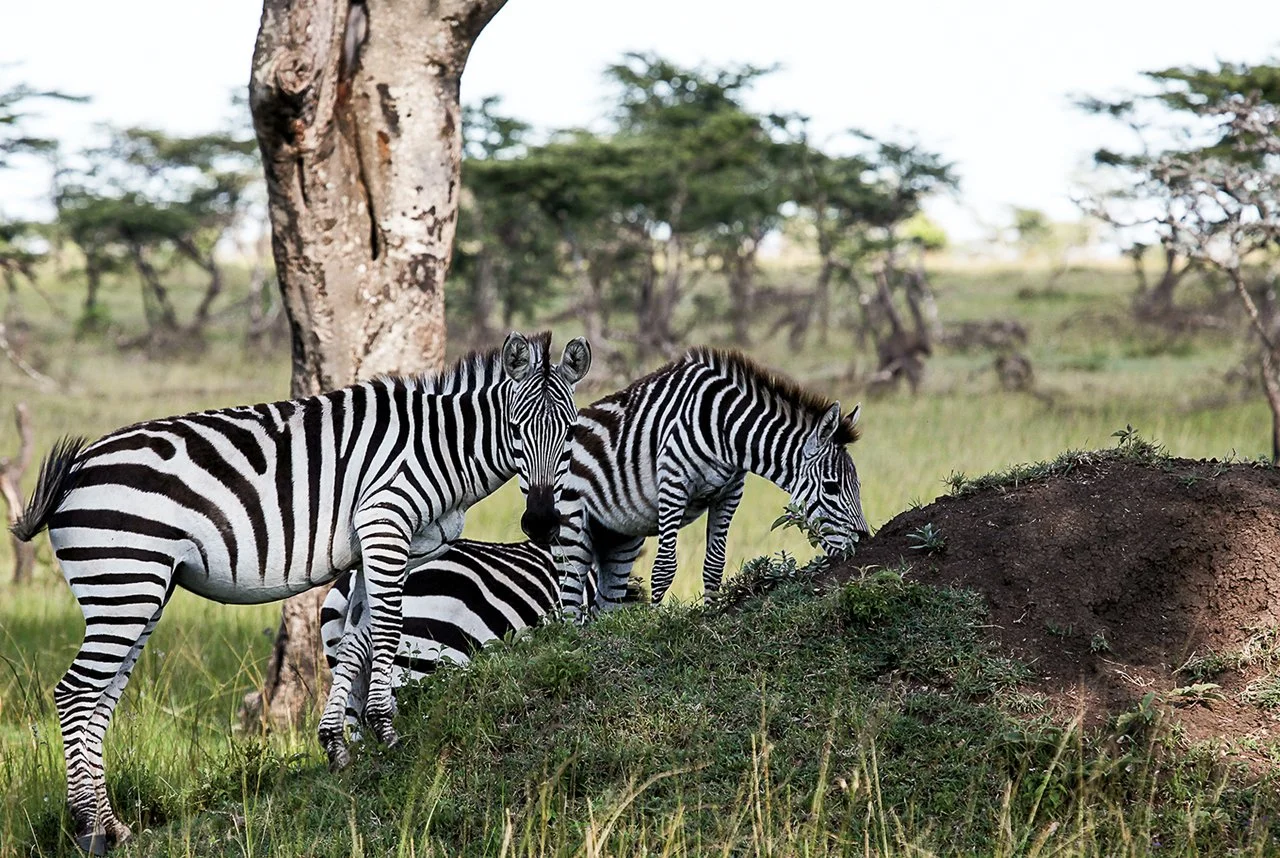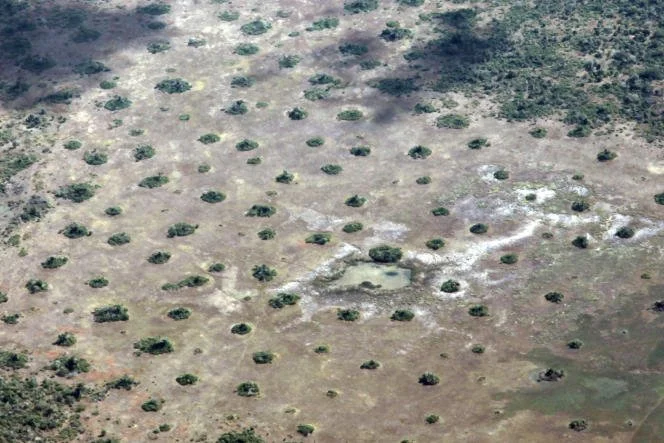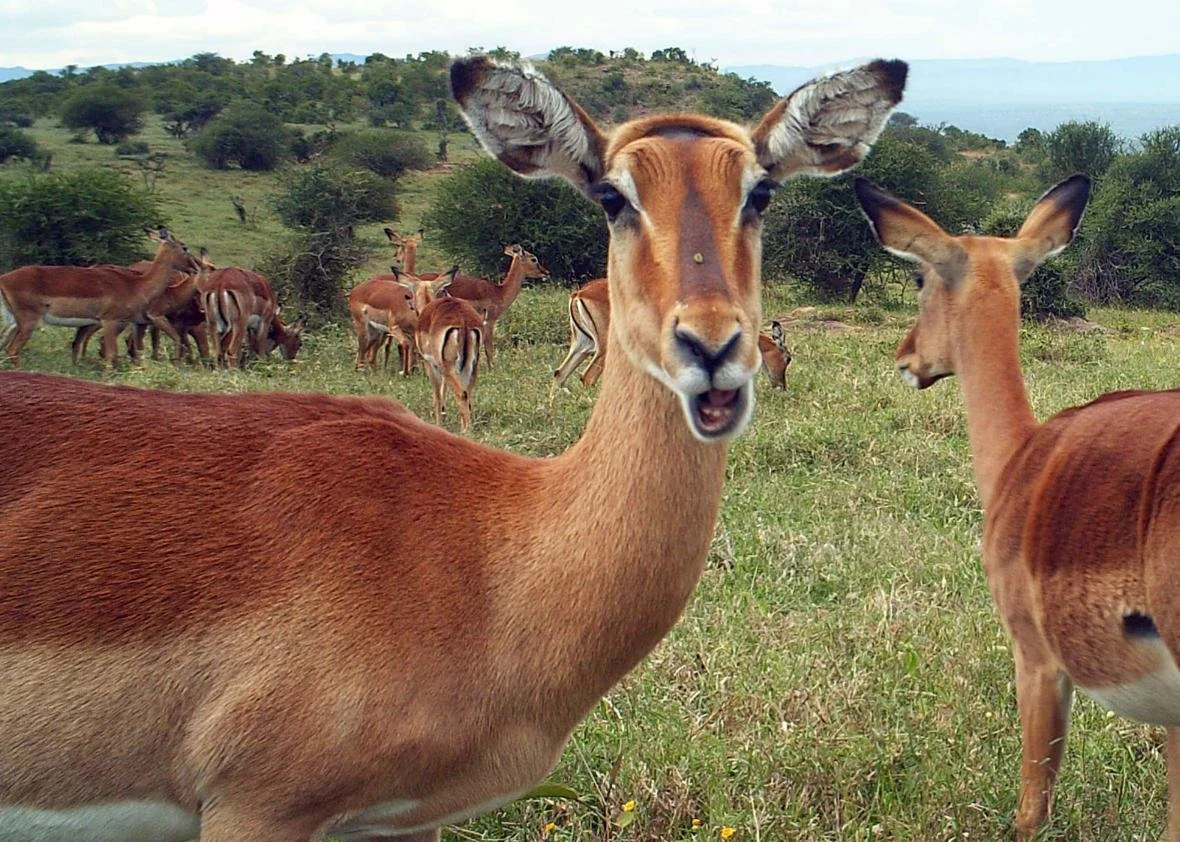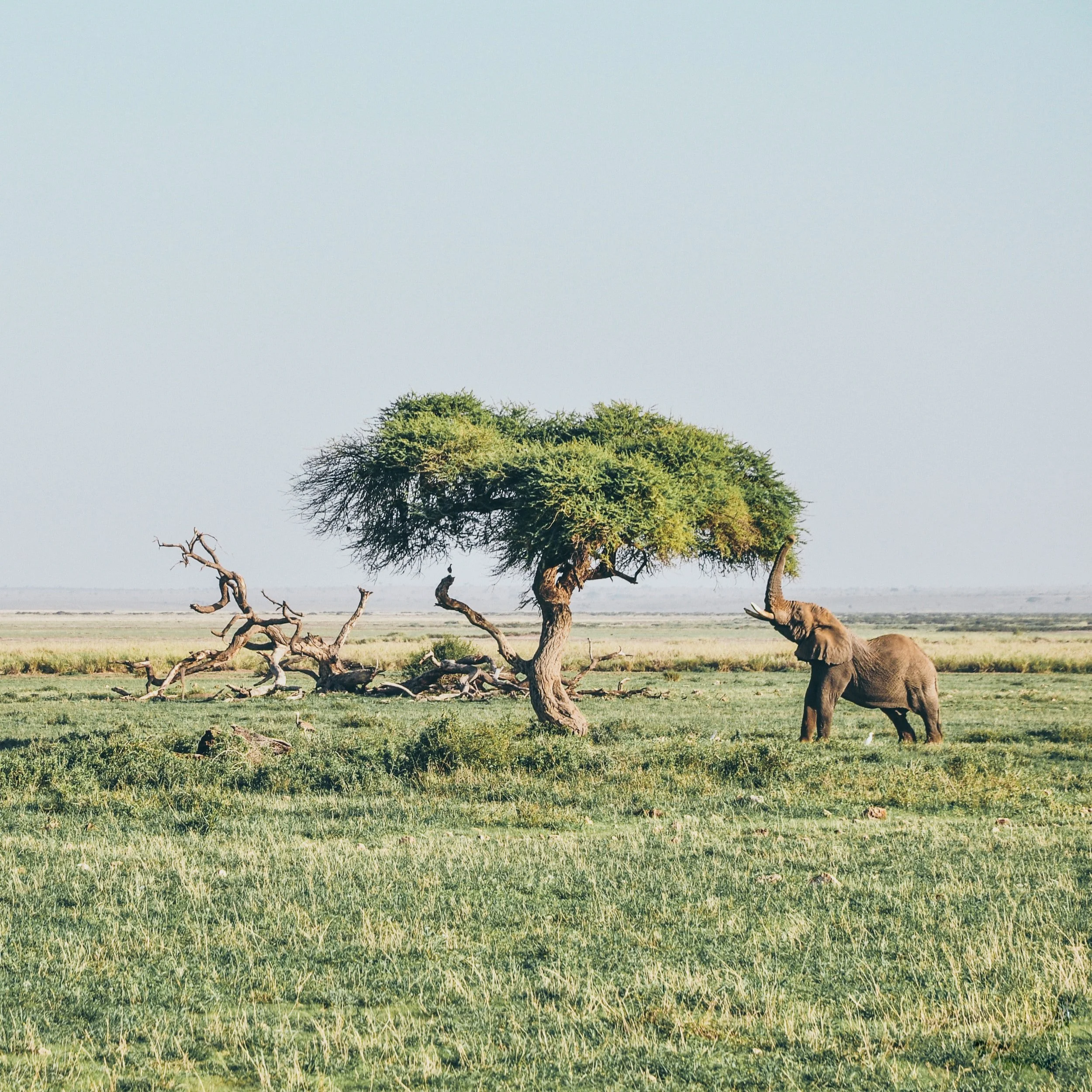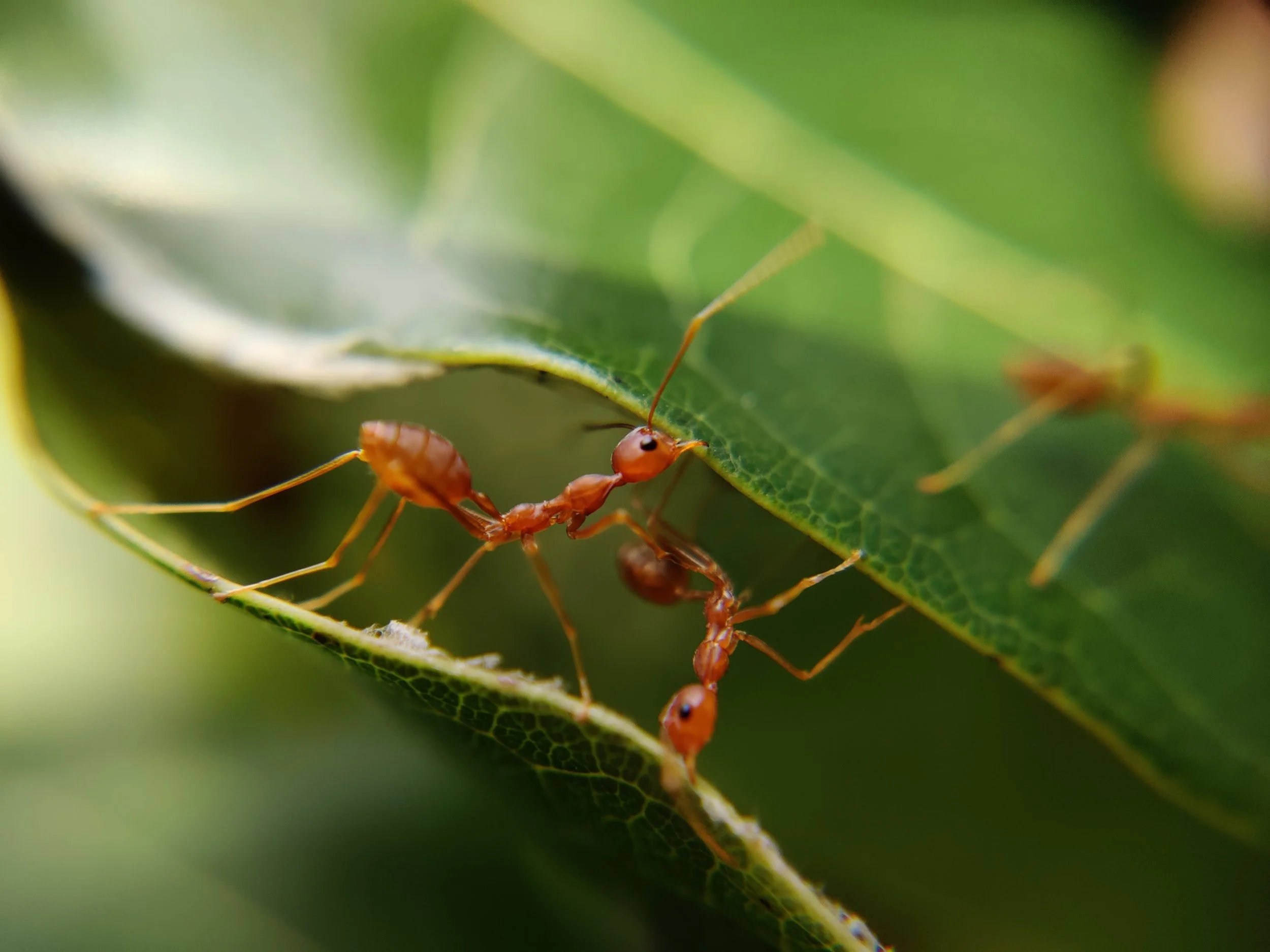Pringle lab news & media
Jen Guyton, a student of Robert Pringle is featured in new video series
A new video series features the work of Princeton University graduate students and a postdoctoral researcher working in Mozambique’s Gorongosa National Park.
New study by Rob Pringle finds that the termite mounds are an insurance policy against climate change
Kenyan plots show that termite mounds promote ecological health and may slow desertification.
New Study from Rob Pringle and team giving us info on the hated Isoptera
Excerpt text goes here.These mounds, some 10 meters in diameter, hide a network of tiny galleries that rainwater occasionally passes through.
Carnivores helps plants without thorny defences thrive
Researchers found that species without thorns thrived in areas favoured by carnivores because plant-eating animals deemed it too risky to graze at these sites.
New York Times Feature: Plants’ two-way protection plan
Carnivores eat herbivores, and herbivores eat plants. So how do plants manage to thrive? Either by growing prickly thorns or by putting down roots in areas where carnivores are more likely to roam.
A Taste for Apples of Sodom Could Help Save Elephants
Diversity is key: Each plant-eating critter played a slightly different part in managing the noxious weed.
Rob Pringle’s students explain ecological challenges through video
Conveying science to a broad audience in a way that is understandable, accurate and entertaining is an important — and challenging — task.
Rob Pringle helping to bring back the lions and zebras to Gorongosa National Park
Gorongosa National Park in Mozambique was once one of the world’s most diverse ecosystems.
Watch the video: The secret of the savannah
Video series from naturalist Chris Packham, where he reveals the secrets of the natural world.
New study on Mighty termite mounds
The regular 'polka-dot' arrangement of termite mounds in East Africa boosts ecosystem productivity, researchers say.
New York Times: On Savanna, Termites Are a Force for Good
The African savanna has a cornucopia of majestic creatures — lions, elephants and giraffes among them. But behind the scenes, it is the tiny termite that fuels much of this diversity, a new study reports.
The true king of the savannah is the termite
The insect, which forms huge states, has a significant impact on the ecosystem of the vast grasslands.
Endangered snake needs burning to survive: scientists
Controlled burning of excessive bushland would give broad-headed snakes the exposed rocky habitat essential for their survival, scientists from the University of Sydney and Stanford University say.
BBC Feature: Big mammals key to tree-ant team
Simulating large mammal extinction, by experimentally excluding them from eating the trees, causes the ant-plant mutualism to break down
New York Times: In life’s web, aiding trees can kill them
Relationships between plant and animal species can be far more complex than had been thought and that even seemingly benign interference can have devastating effects.
Big mammals key to tree-ant team
At first it may seem counter-intuitive: that preventing large African herbivores from browsing Acacia trees decreases their growth. This, however, is precisely what researchers report
The ungulate effect on an ecosystem
Robert M. Pringle, a doctoral student at Stanford, and colleagues found that ungulate herbivores can cause trophic cascades - not just carnivores.



